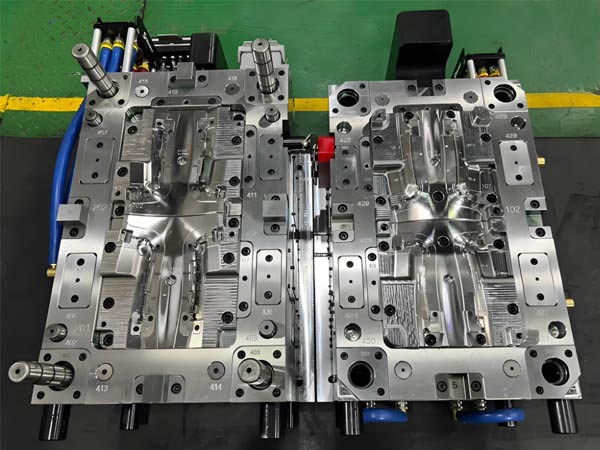The automotive industry is undergoing a radical transformation, driven by the need for fuel efficiency, sustainability, and advanced performance. One of the key enablers of this shift is plastic molding technology, which allows manufacturers to produce lighter, stronger, and more cost-effective components compared to traditional metal parts.

SOMETOOL(SAM Molds) is an ODM and OEM manufacturer of automotive plastic injection molding parts and automotive plastic molds. We work with automobile manufacturers to develop solutions that are suitable for their brands. Our design team is experienced in creating comfortable, luxurious, and functional interior & exterior automotive parts and molds within your budget.
Automotive plastic molds are used in the injection molding process to create a wide variety of automotive components, including both interior and exterior parts. This process involves melting plastic resin and injecting it into a precisely machined mold, where it cools and solidifies into the desired shape. Common plastics used in automotive injection molding include PC, ABS, PP, TPE, TPU and PA66.
The Shift to Lightweight Automotive Plastics
Why Plastics?
1. Weight Reduction
Plastics can be 30-50% lighter than metals, improving fuel efficiency and EV battery range.
Every 10% reduction in vehicle weight improves fuel economy by 6-8% (U.S. Department of Energy).
2. Design Flexibility
Complex geometries (e.g., aerodynamic shapes, integrated fasteners) are easier to mold than to machine from metal.
3. Cost Efficiency
Lower tooling costs compared to metal stamping.
Faster production cycles with injection molding.
4. Corrosion Resistance
Unlike steel, plastics don't rust—ideal for exterior trim and underbody components.
Innovations in Automotive Plastic Molding
1. Advanced Materials
Carbon-Fiber Reinforced Plastics (CFRP)
Used in high-stress components (e.g., BMW i3’s chassis).
Offers metal-like strength at half the weight.
Self-Healing Polymers
Experimental plastics that repair minor scratches (e.g., Nissan’s self-healing clear coat).
Bio-Based & Recycled Plastics
Toyota uses 20% plant-derived plastics in some models.
2. Smart Molding Technologies
In-Mold Electronics (IME)
Integrates touch controls, lighting, and sensors directly into molded parts (e.g., capacitive buttons on dashboards).
Multi-Material & Overmolding
Combines soft-touch surfaces with rigid structures (e.g., steering wheels with integrated grips).
Microcellular Foam Molding (MuCell®)
Reduces weight by 10-20% while maintaining strength.
Automotive plastic molds are no longer just a cost-saving alternative—they are enablers of next-gen vehicle design. As automakers push for lighter, greener, and smarter cars, the plastic molding industry must continue evolving to meet these demands.


 +86 13421913167
+86 13421913167
 E-mail
E-mail
